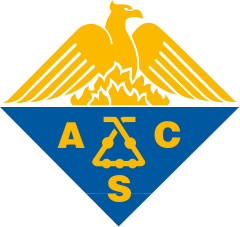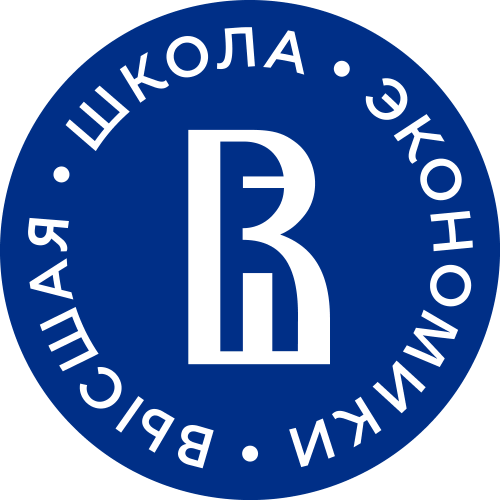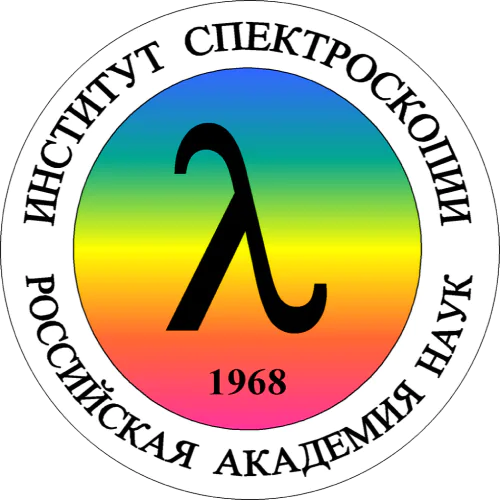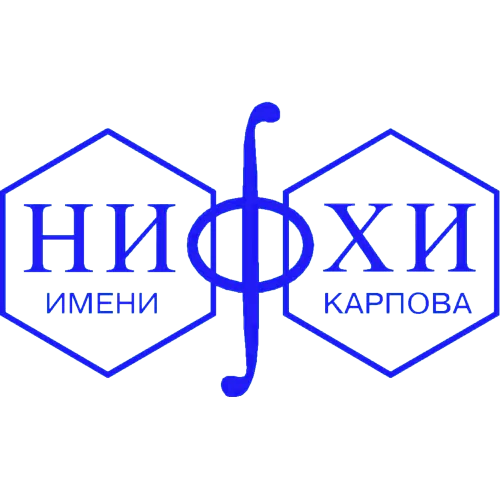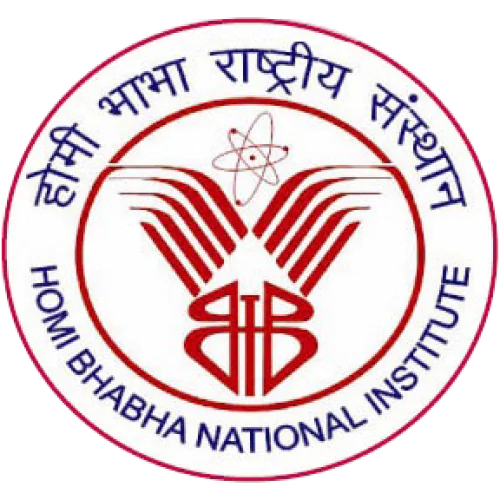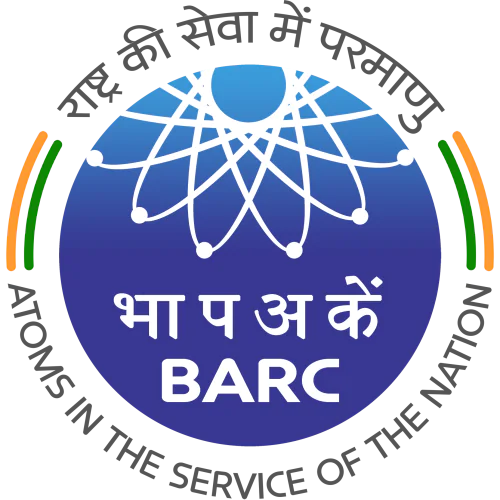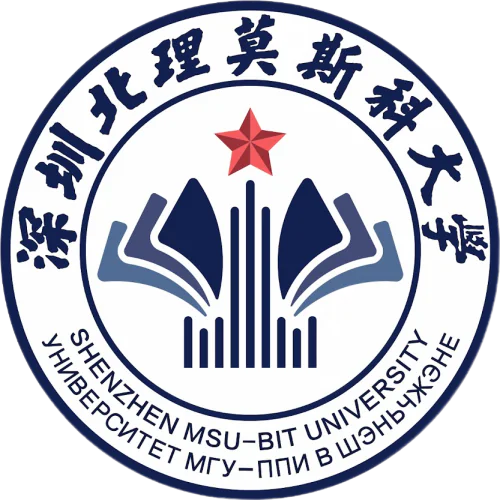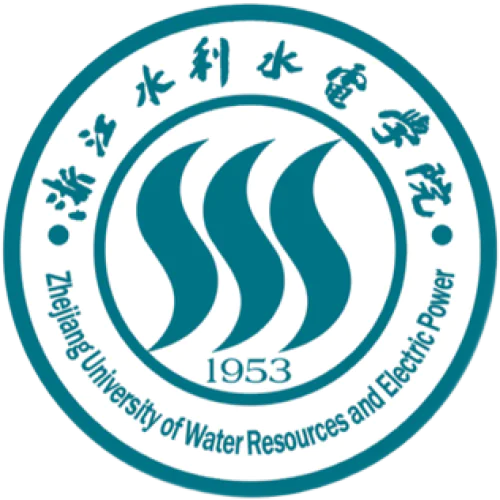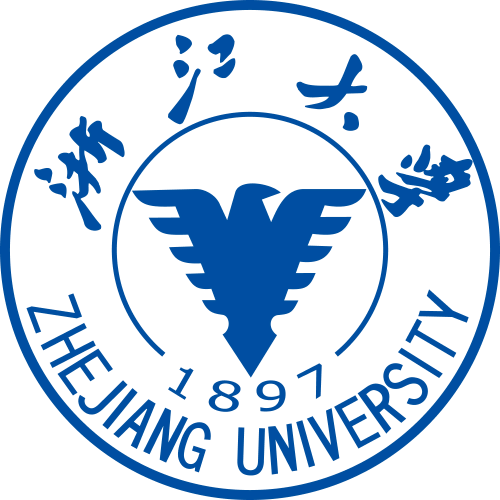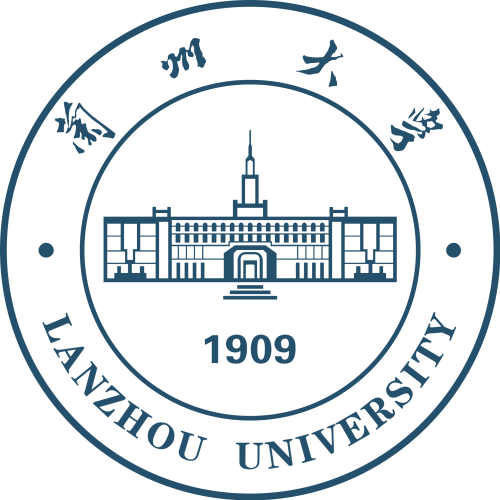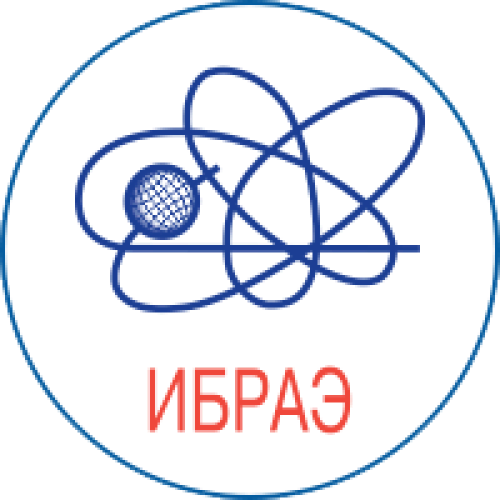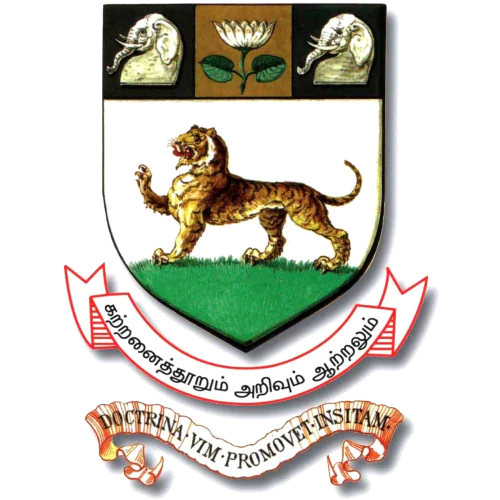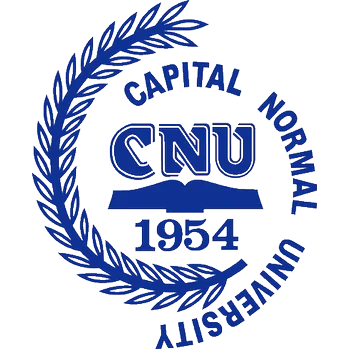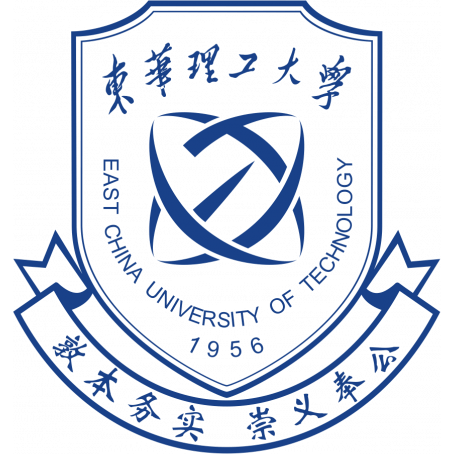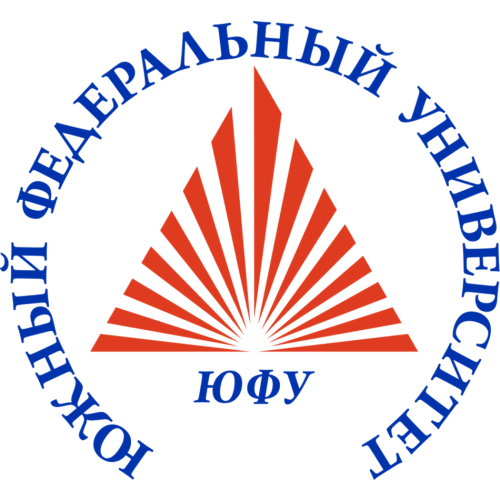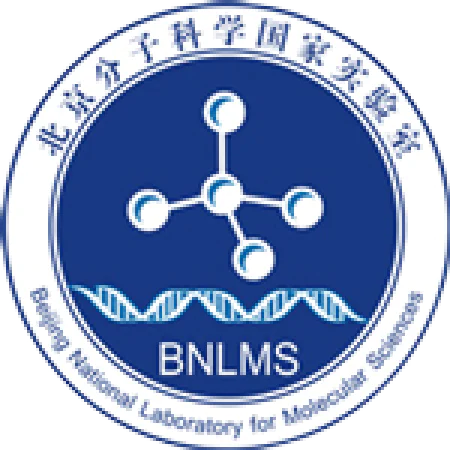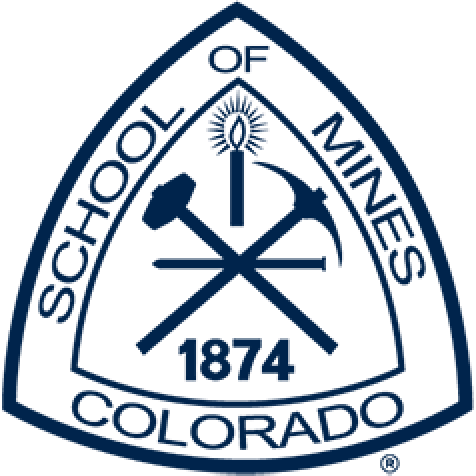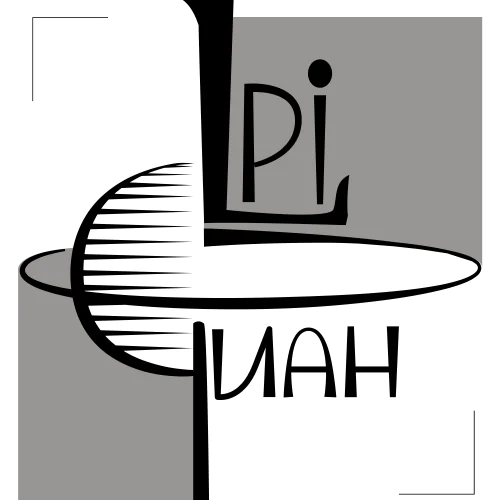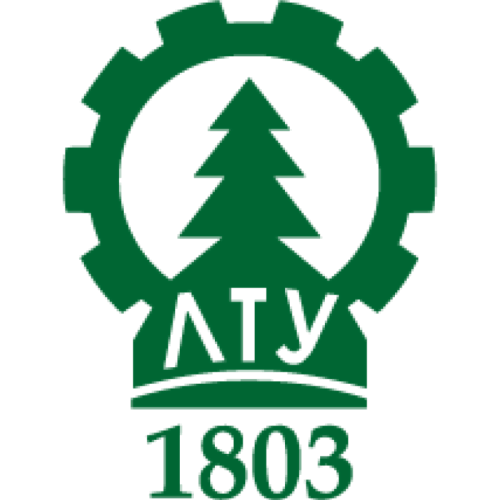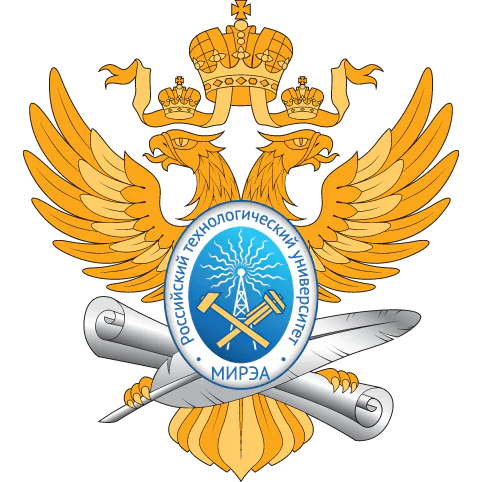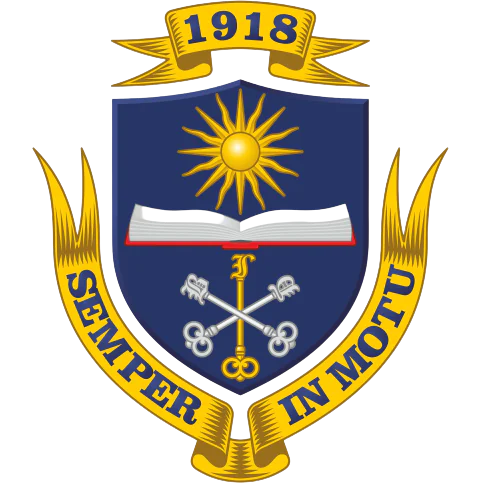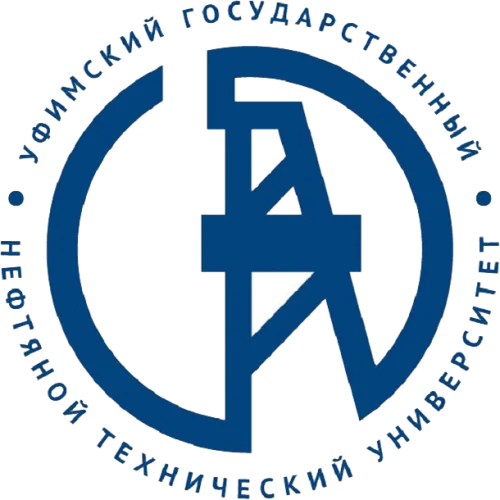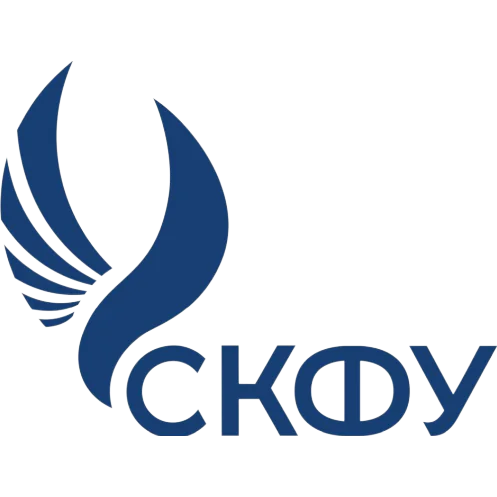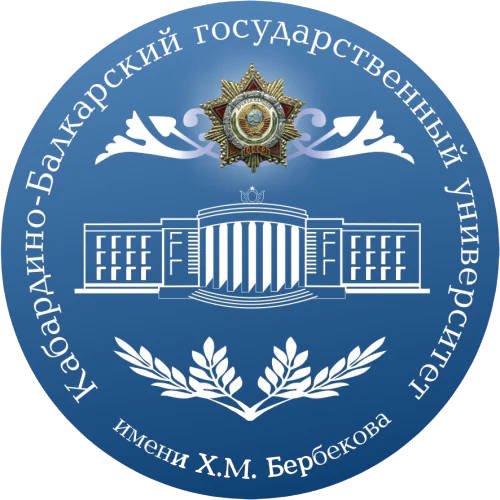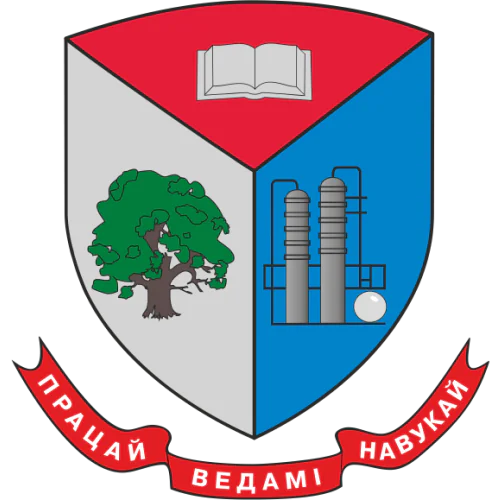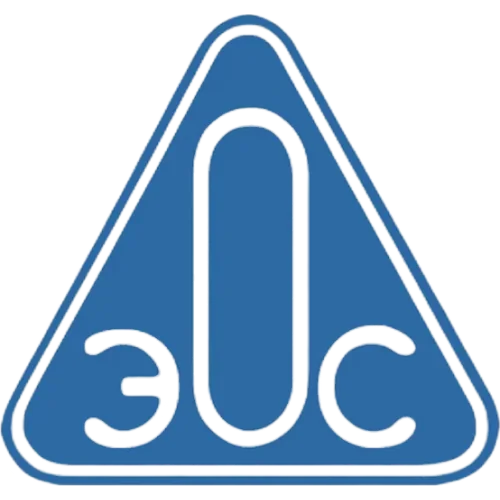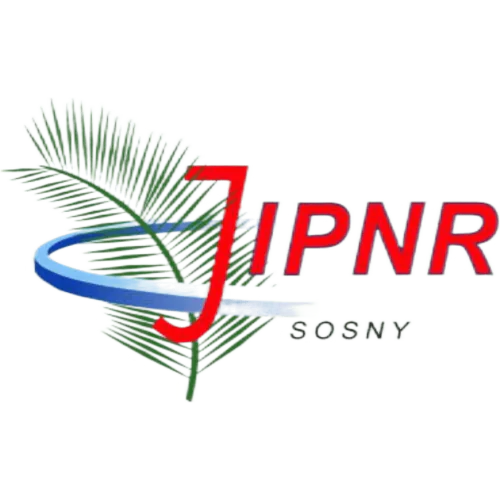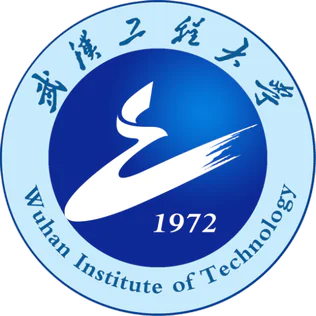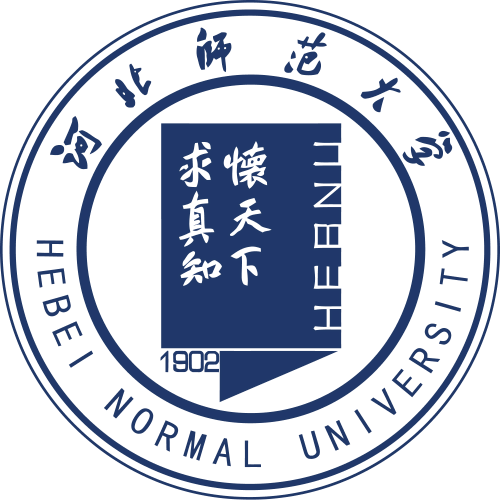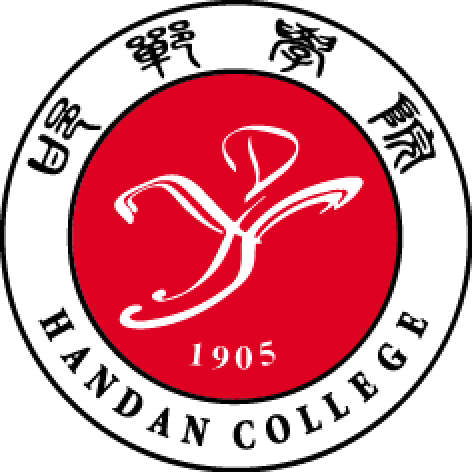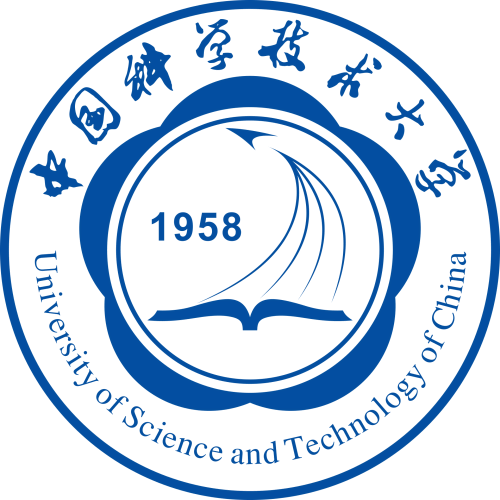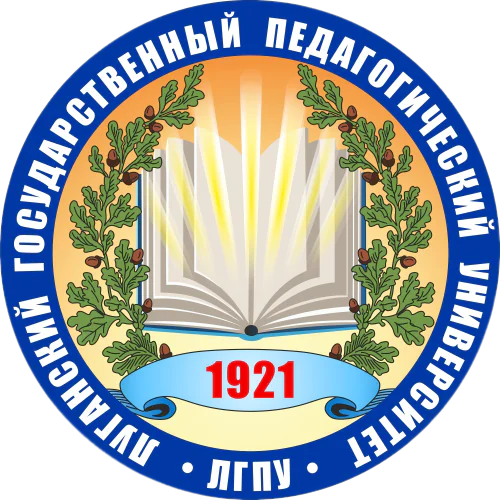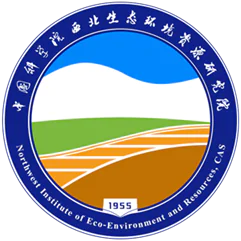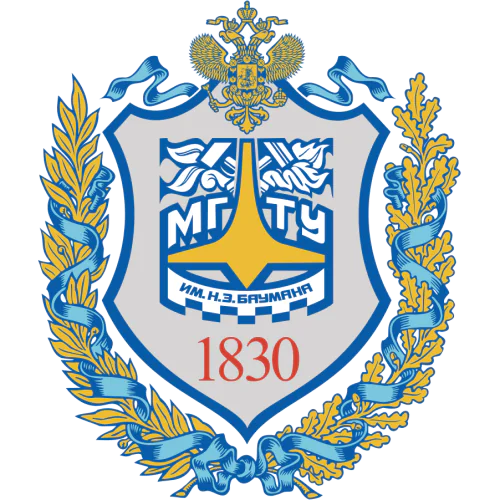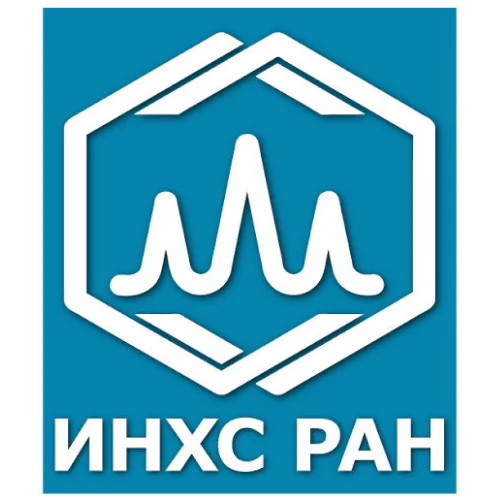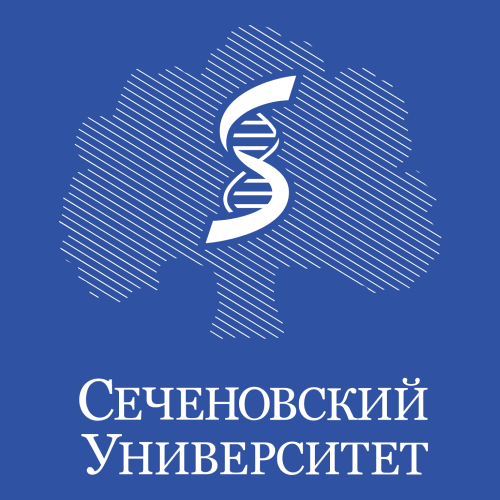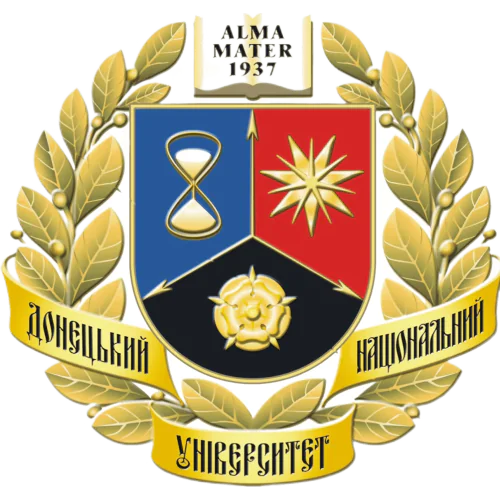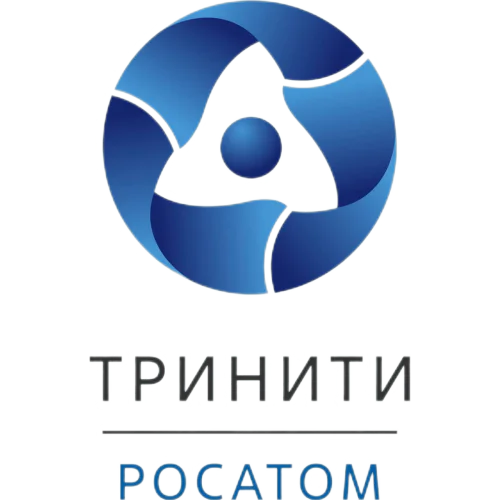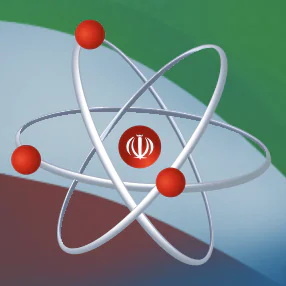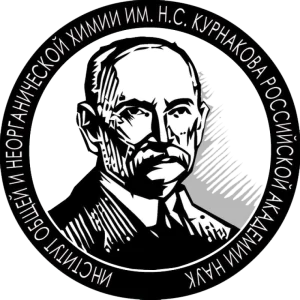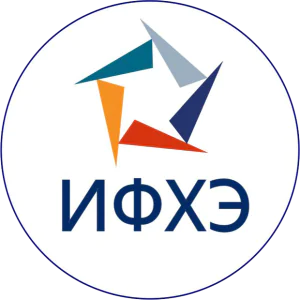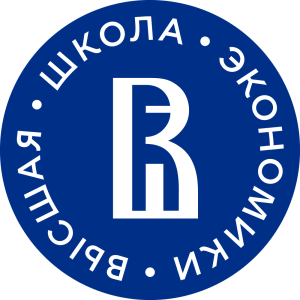Found
Nothing found, try to update filter.
Found
Nothing found, try to update filter.
Found
Nothing found, try to update filter.
Total publications
27
Total citations
375
Citations per publication
13.89
Average publications per year
3.38
Average coauthors
10
Publications years
2018-2025 (8 years)
h-index
12
i10-index
13
m-index
1.5
o-index
24
g-index
19
w-index
3
Metrics description
h-index
A scientist has an h-index if h of his N publications are cited at least h times each, while the remaining (N - h) publications are cited no more than h times each.
i10-index
The number of the author's publications that received at least 10 links each.
m-index
The researcher's m-index is numerically equal to the ratio of his h-index to the number of years that have passed since the first publication.
o-index
The geometric mean of the h-index and the number of citations of the most cited article of the scientist.
g-index
For a given set of articles, sorted in descending order of the number of citations that these articles received, the g-index is the largest number such that the g most cited articles received (in total) at least g2 citations.
w-index
If w articles of a researcher have at least 10w citations each and other publications are less than 10(w+1) citations, then the researcher's w-index is equal to w.
Top-100
Fields of science
|
1
2
3
4
5
6
7
8
|
|
|
Inorganic Chemistry
|
Inorganic Chemistry, 8, 29.63%
Inorganic Chemistry
8 publications, 29.63%
|
|
Physical and Theoretical Chemistry
|
Physical and Theoretical Chemistry, 8, 29.63%
Physical and Theoretical Chemistry
8 publications, 29.63%
|
|
General Chemistry
|
General Chemistry, 5, 18.52%
General Chemistry
5 publications, 18.52%
|
|
Organic Chemistry
|
Organic Chemistry, 3, 11.11%
Organic Chemistry
3 publications, 11.11%
|
|
Catalysis
|
Catalysis, 2, 7.41%
Catalysis
2 publications, 7.41%
|
|
Computer Science Applications
|
Computer Science Applications, 2, 7.41%
Computer Science Applications
2 publications, 7.41%
|
|
Spectroscopy
|
Spectroscopy, 2, 7.41%
Spectroscopy
2 publications, 7.41%
|
|
Molecular Biology
|
Molecular Biology, 2, 7.41%
Molecular Biology
2 publications, 7.41%
|
|
General Medicine
|
General Medicine, 2, 7.41%
General Medicine
2 publications, 7.41%
|
|
Analytical Chemistry
|
Analytical Chemistry, 2, 7.41%
Analytical Chemistry
2 publications, 7.41%
|
|
Chemistry (miscellaneous)
|
Chemistry (miscellaneous), 2, 7.41%
Chemistry (miscellaneous)
2 publications, 7.41%
|
|
Materials Chemistry
|
Materials Chemistry, 1, 3.7%
Materials Chemistry
1 publication, 3.7%
|
|
Metals and Alloys
|
Metals and Alloys, 1, 3.7%
Metals and Alloys
1 publication, 3.7%
|
|
Drug Discovery
|
Drug Discovery, 1, 3.7%
Drug Discovery
1 publication, 3.7%
|
|
Pharmaceutical Science
|
Pharmaceutical Science, 1, 3.7%
Pharmaceutical Science
1 publication, 3.7%
|
|
Molecular Medicine
|
Molecular Medicine, 1, 3.7%
Molecular Medicine
1 publication, 3.7%
|
|
General Chemical Engineering
|
General Chemical Engineering, 1, 3.7%
General Chemical Engineering
1 publication, 3.7%
|
|
General Materials Science
|
General Materials Science, 1, 3.7%
General Materials Science
1 publication, 3.7%
|
|
Materials Science (miscellaneous)
|
Materials Science (miscellaneous), 1, 3.7%
Materials Science (miscellaneous)
1 publication, 3.7%
|
|
Geochemistry and Petrology
|
Geochemistry and Petrology, 1, 3.7%
Geochemistry and Petrology
1 publication, 3.7%
|
|
Chemical Engineering (miscellaneous)
|
Chemical Engineering (miscellaneous), 1, 3.7%
Chemical Engineering (miscellaneous)
1 publication, 3.7%
|
|
Filtration and Separation
|
Filtration and Separation, 1, 3.7%
Filtration and Separation
1 publication, 3.7%
|
|
Geology
|
Geology, 1, 3.7%
Geology
1 publication, 3.7%
|
|
1
2
3
4
5
6
7
8
|
Journals
|
1
2
3
4
5
6
|
|
|
Inorganic Chemistry
6 publications, 22.22%
|
|
|
Dalton Transactions
3 publications, 11.11%
|
|
|
Molecules
2 publications, 7.41%
|
|
|
Mendeleev Communications
2 publications, 7.41%
|
|
|
Inorganic Chemistry Frontiers
2 publications, 7.41%
|
|
|
International Journal of Molecular Sciences
2 publications, 7.41%
|
|
|
RSC Advances
1 publication, 3.7%
|
|
|
Metals
1 publication, 3.7%
|
|
|
Applied Clay Science
1 publication, 3.7%
|
|
|
Moscow University Chemistry Bulletin
1 publication, 3.7%
|
|
|
Russian Chemical Bulletin
1 publication, 3.7%
|
|
|
Industrial & Engineering Chemistry Research
1 publication, 3.7%
|
|
|
Journal of Molecular Liquids
1 publication, 3.7%
|
|
|
Polyhedron
1 publication, 3.7%
|
|
|
Separation and Purification Technology
1 publication, 3.7%
|
|
|
Membranes and Membrane Technologies
1 publication, 3.7%
|
|
|
1
2
3
4
5
6
|
Citing journals
Publishers
|
1
2
3
4
5
6
7
|
|
|
American Chemical Society (ACS)
7 publications, 25.93%
|
|
|
Royal Society of Chemistry (RSC)
6 publications, 22.22%
|
|
|
MDPI
5 publications, 18.52%
|
|
|
Elsevier
4 publications, 14.81%
|
|
|
Pleiades Publishing
2 publications, 7.41%
|
|
|
OOO Zhurnal "Mendeleevskie Soobshcheniya"
2 publications, 7.41%
|
|
|
Springer Nature
1 publication, 3.7%
|
|
|
1
2
3
4
5
6
7
|
Organizations from articles
|
5
10
15
20
25
|
|
|
Lomonosov Moscow State University
25 publications, 92.59%
|
|
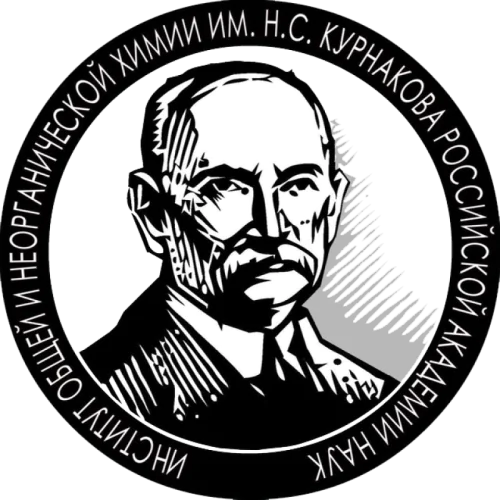
Kurnakov Institute of General and Inorganic Chemistry of the Russian Academy of Sciences
13 publications, 48.15%
|
|
|
A.N.Nesmeyanov Institute of Organoelement Compounds of the Russian Academy of Sciences
5 publications, 18.52%
|
|
|
A.N. Frumkin Institute of Physical Chemistry and Electrochemistry of the Russian Academy of Sciences
5 publications, 18.52%
|
|
|
N.D. Zelinsky Institute of Organic Chemistry of the Russian Academy of Sciences
3 publications, 11.11%
|
|
|
Moscow Institute of Physics and Technology
3 publications, 11.11%
|
|
|
Peoples' Friendship University of Russia
3 publications, 11.11%
|
|
|
National Research Centre "Kurchatov Institute"
3 publications, 11.11%
|
|
|
Organization not defined
|
Organization not defined, 2, 7.41%
Organization not defined
2 publications, 7.41%
|
|
Mendeleev University of Chemical Technology of Russia
2 publications, 7.41%
|
|
|
National Research University Higher School of Economics
1 publication, 3.7%
|
|
|
Moscow Aviation Institute (National Research University)
1 publication, 3.7%
|
|
|
Institute of Spectroscopy of the Russian Academy of Sciences
1 publication, 3.7%
|
|
|
Institute of Geology of Ore Deposits, Petrography, Mineralogy and Geochemistry of the Russian Academy of Sciences
1 publication, 3.7%
|
|
|
Karpov Institute of Physical Chemistry
1 publication, 3.7%
|
|
|
V.G. Khlopin Radium Institute
1 publication, 3.7%
|
|
|
Federal Medical Biophysical Center named after A.I. Burnazyan
1 publication, 3.7%
|
|
|
Homi Bhabha National Institute
1 publication, 3.7%
|
|
|
Bhabha Atomic Research Centre
1 publication, 3.7%
|
|
|
Northeast Normal University
1 publication, 3.7%
|
|
|
Shenzhen MSU-BIT University
1 publication, 3.7%
|
|
|
Zhejiang University of Water Resources and Electric Power
1 publication, 3.7%
|
|
|
Institute of High Energy Physics, Chinese Academy of Sciences
1 publication, 3.7%
|
|
|
Utah State University
1 publication, 3.7%
|
|
|
5
10
15
20
25
|
Countries from articles
|
5
10
15
20
25
|
|
|
Russia
|
Russia, 25, 92.59%
Russia
25 publications, 92.59%
|
|
Country not defined
|
Country not defined, 3, 11.11%
Country not defined
3 publications, 11.11%
|
|
China
|
China, 3, 11.11%
China
3 publications, 11.11%
|
|
USA
|
USA, 1, 3.7%
USA
1 publication, 3.7%
|
|
India
|
India, 1, 3.7%
India
1 publication, 3.7%
|
|
5
10
15
20
25
|
Citing organizations
Citing countries
|
10
20
30
40
50
60
70
80
90
100
|
|
|
Russia
|
Russia, 94, 25.07%
Russia
94 citations, 25.07%
|
|
China
|
China, 54, 14.4%
China
54 citations, 14.4%
|
|
Country not defined
|
Country not defined, 25, 6.67%
Country not defined
25 citations, 6.67%
|
|
USA
|
USA, 12, 3.2%
USA
12 citations, 3.2%
|
|
India
|
India, 9, 2.4%
India
9 citations, 2.4%
|
|
Japan
|
Japan, 6, 1.6%
Japan
6 citations, 1.6%
|
|
France
|
France, 5, 1.33%
France
5 citations, 1.33%
|
|
Germany
|
Germany, 4, 1.07%
Germany
4 citations, 1.07%
|
|
Belarus
|
Belarus, 4, 1.07%
Belarus
4 citations, 1.07%
|
|
Iraq
|
Iraq, 3, 0.8%
Iraq
3 citations, 0.8%
|
|
Republic of Korea
|
Republic of Korea, 2, 0.53%
Republic of Korea
2 citations, 0.53%
|
|
Ukraine
|
Ukraine, 1, 0.27%
Ukraine
1 citation, 0.27%
|
|
Austria
|
Austria, 1, 0.27%
Austria
1 citation, 0.27%
|
|
Bulgaria
|
Bulgaria, 1, 0.27%
Bulgaria
1 citation, 0.27%
|
|
United Kingdom
|
United Kingdom, 1, 0.27%
United Kingdom
1 citation, 0.27%
|
|
Vietnam
|
Vietnam, 1, 0.27%
Vietnam
1 citation, 0.27%
|
|
Greece
|
Greece, 1, 0.27%
Greece
1 citation, 0.27%
|
|
Egypt
|
Egypt, 1, 0.27%
Egypt
1 citation, 0.27%
|
|
Iran
|
Iran, 1, 0.27%
Iran
1 citation, 0.27%
|
|
Ireland
|
Ireland, 1, 0.27%
Ireland
1 citation, 0.27%
|
|
Spain
|
Spain, 1, 0.27%
Spain
1 citation, 0.27%
|
|
Italy
|
Italy, 1, 0.27%
Italy
1 citation, 0.27%
|
|
Lithuania
|
Lithuania, 1, 0.27%
Lithuania
1 citation, 0.27%
|
|
Netherlands
|
Netherlands, 1, 0.27%
Netherlands
1 citation, 0.27%
|
|
Slovenia
|
Slovenia, 1, 0.27%
Slovenia
1 citation, 0.27%
|
|
Tunisia
|
Tunisia, 1, 0.27%
Tunisia
1 citation, 0.27%
|
|
Croatia
|
Croatia, 1, 0.27%
Croatia
1 citation, 0.27%
|
|
Switzerland
|
Switzerland, 1, 0.27%
Switzerland
1 citation, 0.27%
|
|
Sweden
|
Sweden, 1, 0.27%
Sweden
1 citation, 0.27%
|
|
10
20
30
40
50
60
70
80
90
100
|
- We do not take into account publications without a DOI.
- Statistics recalculated daily.
This section displays the profiles of scientists registered on the platform. To display the full list, invite your colleagues to register.





